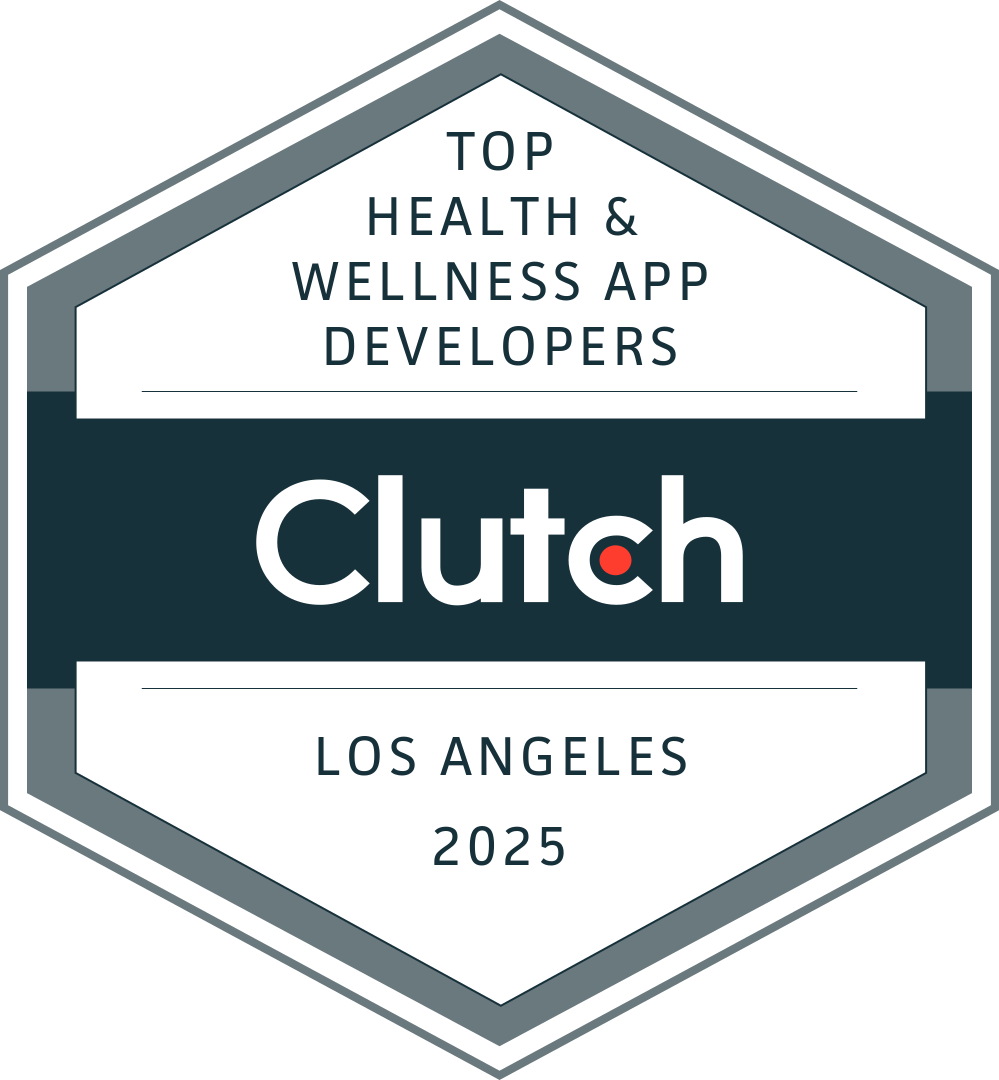Introduction Fast-growing mid-market is under unprecedented pressure to “do something with AI”—but lack impartial assessment, internal expertise, and clear ROI. This urgency is driving decision-makers to seek flexible, healthcare-informed external AI partners over generic SaaS or risky DIY paths. Why MSOs and TPAs Are Feeling the AI Squeeze? Why Black Box AI and SaaS Uplift […]

Integrating healthcare patient portals into mobile platforms is becoming a trend. In fact, there has been a huge shift in the adoption of healthcare portals to mobile apps over the past few years. The driving force behind this is the demand for accessibility and convenience in healthcare. Patients, providers, and members can access important health information and services in a “here and now” format using mobile apps. Additionally, healthcare providers can use mobile apps with existing designs and functionality at a lower cost.

Benefits and Key Features of Mobile Apps in Healthcare
It is undoubtedly true that mobile devices have become part and parcel of our lives, and in healthcare, their use is increasingly becoming common. Indeed, the pros of mobile apps for healthcare are limitless and include increased patient engagement, easy access to medical records, and simplified communication between patients and providers.
Among the significant advantages of mobile applications in the health field is the ability to provide patients with real-time access to their medical information. Access to medical records, results of tests, and even appointment schedules would be there. Booking rescheduling, or canceling an appointment will be a few clicks away, hence helping reduce administrative burden.
Mobile apps can also offer better communication between the patients and the healthcare providers. The applications allow the patients to send messages, ask questions, and get timely responses from the providers. This wouldn't warrant in-person visits and enables better management of the healthcare services.

Moreover, mobile apps can ensure proper medication management by registered patients. Prescription management, medicine reminders, and refills are among the features that assist in treatment adherence.
Another essential feature of mobile health apps is that they provide patients with telehealth services, which allow for virtual consultations and follow-ups.
Mobile portals offer members easy access to health plans, coverage details, and personalized health advice.
Providers benefit from easier administrative tasks, less paperwork, and easier patient communication.
Patients feel more in control and better adhere to treatment regimens, which leads to higher ratings about their satisfaction with healthcare services.
Healthcare mobile apps should be cross-platform-compatible and web-optimized. An individual's choice of respective devices varies. So the mobile app should be cross-platform optimized for iOS and Android as well to capture the mass majority of users. Again, it has to be web-optimized so that one can easily log in from the portal from any device, even from a desktop to mobile browsers of different devices.
Cost-Effectiveness of Mobile App Development
The development of mobile applications is an essentially cost-effective process that replicates the already existing design and functionality. Almost all the foundation work, like user interface and basic functionality for every healthcare application, is already done and tested in previous applications, so it reduced the development time and resources to a greater extent from the application development company end.

Using existing infrastructure reduces development costs. Most healthcare providers can minimize custom solutions by leveraging pre-built components and infrastructure. It helps to save money and, at the same time, also saves time in making the mobile app ready for deployment.
This approach provides a significant economic advantage compared to creating custom solutions from scratch. Custom application development involves a lot of planning, designing, and testing, which are time-consuming and expensive. This allows health providers to achieve similar results at a fraction of the cost, using available resources, frameworks, and designs.
Introduction to Cross-Platform Development with Flutter
Open-source UI software development kit Flutter is gaining popularity for its wide usage in mobile app development. It is the most suitable framework for developing healthcare portals due to its flexibility and efficiency. With one codebase, Flutter allows the building of premium quality, natively compiled applications and user interfaces featuring mobile, web, and desktop platforms.

Among the most significant merits of Flutter is the single codebase. The developer will typically have to develop one codebase on the iOS platform and another on the Android platform. However, that is not the case for Flutter; you just have to develop one codebase to suit both. It saves development time and even cuts costs because you don't have to create different codebases on different platforms. With Flutter, there is an option for hot reload, where changes made by the developer are reflected in real-time.
Also, rich UI components and pre-designed widgets are available in Flutter, through which beautiful and usable user interfaces can be created. These components have highly customizable properties that allow them to develop applications according to the needs of healthcare providers and their patients.
The cross-platform feature of Flutter offers the same look and feel for all devices. That is, once the Android app is built, it will look the same and provide an identical user experience on iOS devices and other devices. For that, consistency in a health-related application is critical. That means, no matter which device they use to access an app, the patients must be able to get the correct information and services for them.
Strategies for Seamless Accessibility Across Devices
A healthcare portal must be accessible through multiple devices as the users require a seamless portal experience on any device - be it a desktop, a tablet, or even a smartphone. That calls for extensive planning and optimization of the portal to guarantee that it performs well on all devices.

To make sure that this accessibility is smooth, one of the strategies is to optimize portals for web browsers. Responsive design techniques help to display a portal uniformly on different screen sizes and resolutions. In this way, users can access the portal through any device, desktop, mobile browser, etc., without losing functionality and usability.
Providing a seamless experience across all platforms enhances user satisfaction and engagement. Users can switch between devices without losing their place or encountering functionality issues, leading to better adherence to health plans and treatments. This is particularly important for patients who may need to access their medical information on the go.
Best Practices for Mobile Healthcare Portal Development
The development of effective mobile healthcare portals requires a great deal of planning and exemplary implementation. Following best practices helps significantly in the creation of effective, user-friendly apps.
It is also essential to establish clear goals associated with the mobile app development project. It involves gathering an accurate understanding of the needs and goals of users and the organization and consists of lists of essential features and functionalities that must be considered in the application along with the targeted population or audience.
A user-centric design is essential for creating an intuitive and accessible interface. The design should be easy to navigate and use, ensuring that patients can quickly and easily access the information and services they need. This includes using clear and simple language, as well as incorporating visual elements that enhance the user experience.

Iterative development is a sure way of ensuring your mobile healthcare portal succeeds. This will involve implementing feedback loops and iterative design to ensure the continuous improvement of the app. Regular updates and enhancements per the user's input make the app relevant and friendly.
Feedback in the development process is very invaluable. The developer gets to know where to improve and implement changes via the input gathered from the users. That helps develop an app that will, for sure, satisfy its users as it meets their needs.
Security, compliance, and data privacy; hence, applications in the health sector need to ensure they comply with set regulations such as HIPAA to wall off patient information. Tight security measures include encryption and secure authentication to ensure the confidentiality and security of the patient's information.
Conclusion
The expansion of healthcare portals into mobile applications dramatically opens them up for accessibility, cost, and patient engagement advantages. Mobile applications quickly provide patients with access to medical information and services, improving a patient's experience overall. They are also cost-effective in providing high-quality care by healthcare providers.
Healthcare organizations need to adopt mobile technology to beat the competition in the market and satisfy the rapidly changing population. This can be achieved by capitalizing on the existing infrastructure, hosting frameworks like Flutter, and best practices principles for the most successful and user-friendly mobile portals.
Looking at options of mobile application development, health care can be able to serve its clients with a tremendous outcome in patients satisfactorily. In this article, we provide the following proper strategies to ensure healthcare providers develop seamless apps that will help them offer the best service to their patients.






